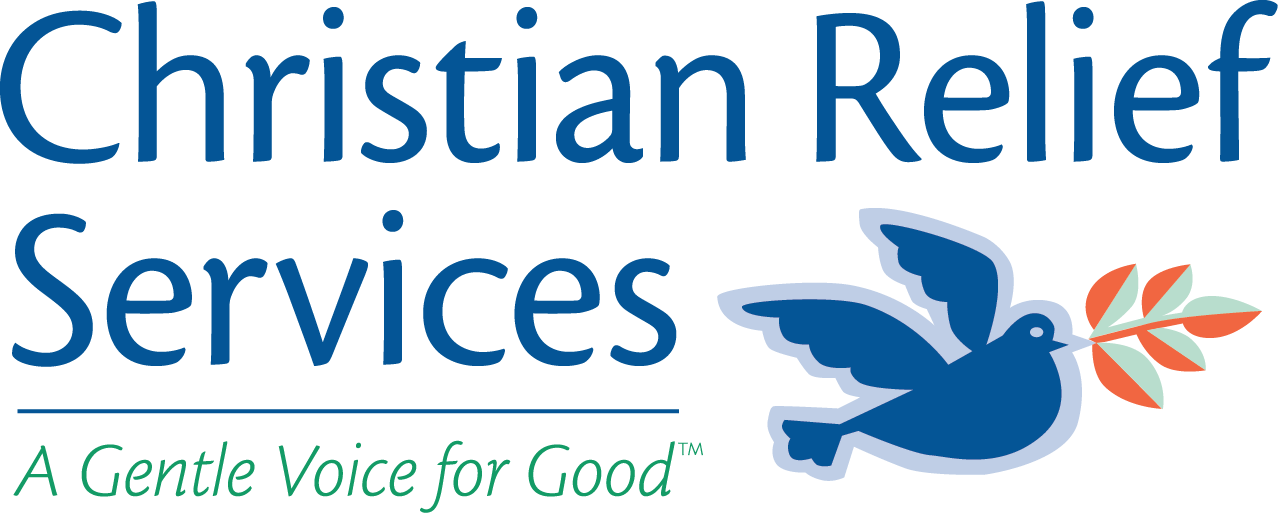Bridging the Digital Divide on Pine Ridge…it can start in our Community Center
Across the United States, approximately 17 million students lack internet access at home, significantly impacting their ability to study, complete assignments, and prepare for college and the workforce.
In a commentary published in June by U.S. News & World Report, U.S. Senator Ed Markey (D-Mass.) and Jessica Rosenworcel, Chairwoman of the Federal Communications Commission, emphasized the severity of this issue. “This homework gap especially affects Black, Latino, Native American, and Alaskan families, where one in three households lack high-speed internet, as well as students in rural communities, where two out of five homes don’t have such access,” they wrote.
Senator Ed Markey and Chairwoman of the FCC Findings at a glance:
Approximately 17 million U.S. students lack internet access at home
1 in 3 Black, Latino, Native American, and Alaskan households don’t have high-speed internet
2 in 5 rural homes lack high-speed internet access
The COVID-19 pandemic has exacerbated the learning deficit caused by unequal internet access
The digital divide, which has worsened since the pandemic shifted much of education online, continues to affect students across the country. On the Pine Ridge Indian Reservation in South Dakota, a lack of broadband infrastructure and limited access to computers in homes further hinders students’ ability to learn.
The result is clear: students on Pine Ridge are falling behind.
According to the National Indian Education Association (NIEA), Native students scored lower than their white peers on standardized tests in 2019.
This achievement gap is largely driven by the lack of digital access on reservations, including Pine Ridge.
That’s why Running Strong for American Indian Youth® partner the Oyate Teca Project is working right now to address this issue.
With classes just resumed on Pine Ridge, our goal this fall is to provide 20 computers to the OTKK community center to enable elementary, middle, and high school students to come to the community center after school to do their homework, receive tutoring, and conduct research for school assignments.
Teachers and volunteers from nearby schools have shared the incredible need for students to have after-school tutoring. They have shared the need for support from the community in supporting language arts, in particular.
Our children in Pine Ridge need, and deserve, to have the most basic of technology with which to learn.
Students on Pine Ridge deserve access to the most basic educational tools, including technology. A 2020 report by NBC News highlighted that most schools supported by the Bureau of Indian Education (BIA) were deemed inadequate for modern teaching and learning, as noted in a 2018 report by the U.S. Commission on Civil Rights titled “Broken Promises: Continuing Federal Funding Shortfall for Native Americans.”
According to a July 2022 report by the U.S. Government Accountability Office (GAO), over 18% of people living on tribal lands lack broadband access, compared to just 4% outside of tribal areas. “Broadband is critical to modern life,” the GAO noted. “Despite federal efforts, broadband access on tribal lands has traditionally lagged behind the rest of the country, and persistent barriers have limited tribes’ ability to access federal broadband funds.”
What we’re doing to address these issues:
At Running Strong for American Indian Youth®, we are determined to address this digital divide head-on. Partnering with the Oyate Teca Project, we are taking concrete steps to ensure native students on Pine Ridge have the technology and resources they need to succeed. Our immediate goal is to provide 20 computers to the OTKK community center, creating a space where students can complete homework, receive tutoring, and access the resources they need to succeed academically. This initiative is critical because, as local teachers and volunteers have shared, there is a desperate need for after-school tutoring, particularly in subjects like language arts, where many students are struggling.
We are committed to not only providing immediate resources, like computers for students on Pine Ridge, but also advocating for long-term solutions to bridge the digital divide. Our goal is to ensure that Native students have the same opportunities to learn, grow, and succeed as their peers elsewhere in the country. With the right tools and support, the students of Pine Ridge—and across Indian Country—can overcome these barriers and build a brighter future.
Running Strong is committed to helping to bridge the digital divide on the Pine Ridge Indian reservation.

